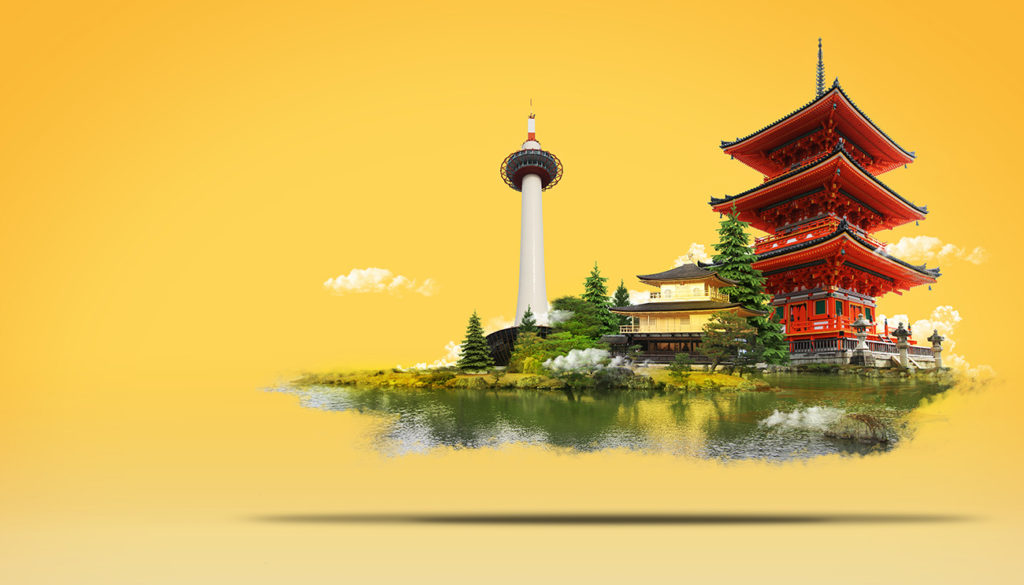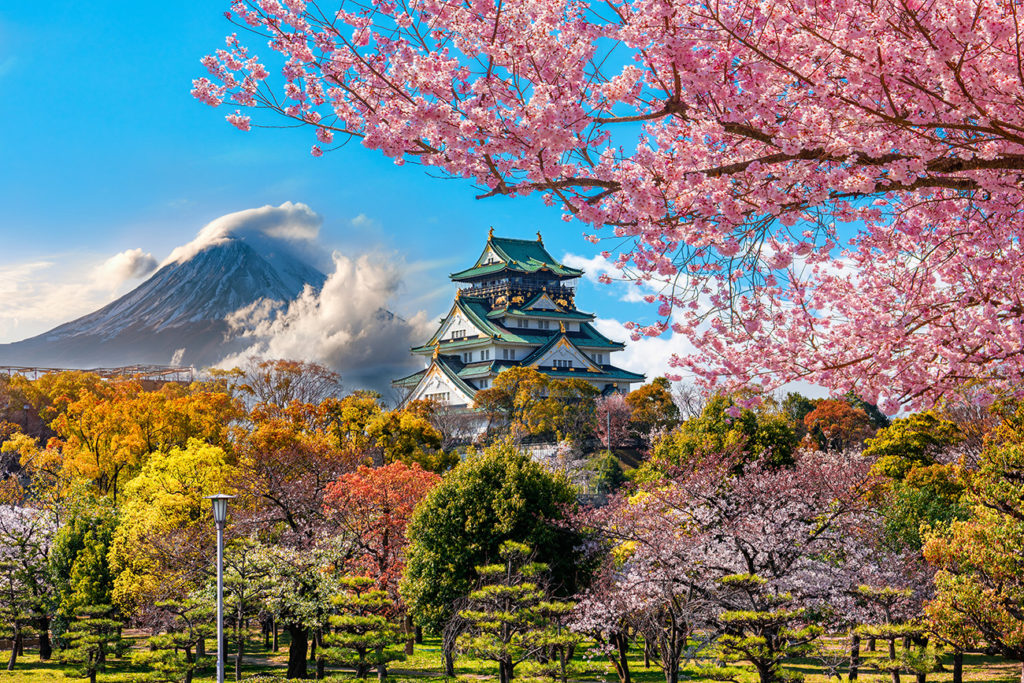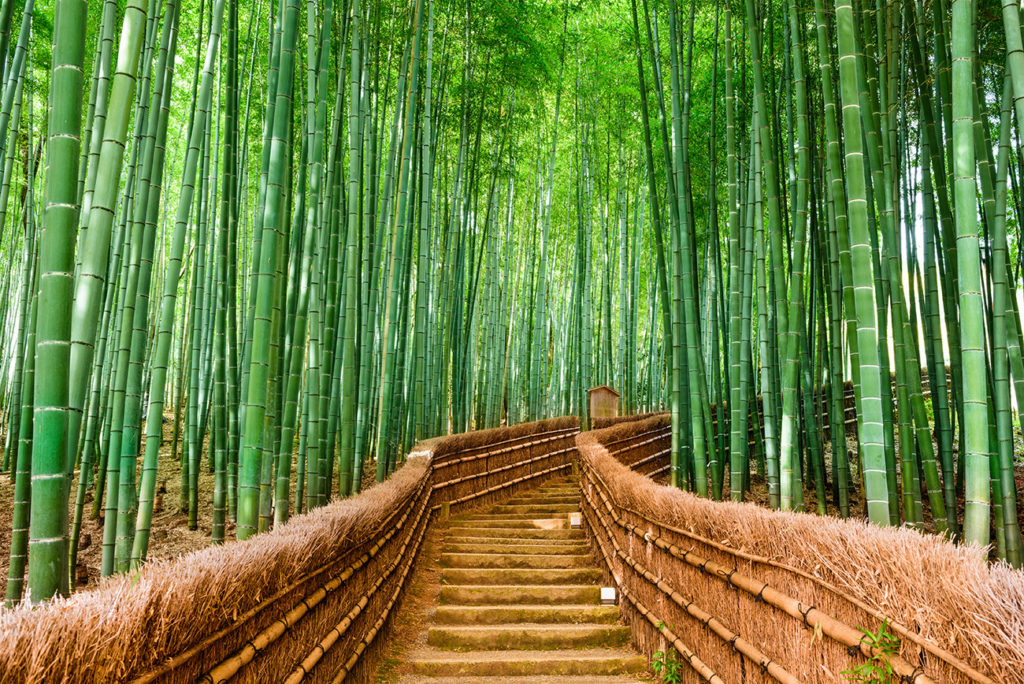
Why Japan is Called Nippon
Japan (日本, Nippon or Nihon, and formally 日本国, Nihonkoku) is an island nation consisting of 6,852 islands. The four largest islands that make up 97% of the country’s land area Hokkaido, Kyushu, Honshu, and Shikoku. The country is an amazing place to visit, full of interesting things to discover about their culture and way of life. Japan is known as a leading nation in many breakthrough advances in scientific research, such as in the fields of engineering and natural sciences. Also, Japanese electronics and automotive manufacturing industries account for a large share of the global market. Japan is the non-native name for the country.
Japan was initially known as Wa (倭) or Wakoku (倭國) when the country was inhabited by the Yayoi people who lived in the Kyushu and Kanto regions in Honshu. 倭 can be translated into “dwarf “or “submissive. It was then changed by Japanese scribes who thought it offensive, to the character for Wa with the homophone 和 (“peaceful, harmonious”). Wa 和 was often combined with 大 (“great”) to create the name 大和, which is read as Yamato which was the native name for Japan at the time.
The Heian period saw 大和 to be gradually replaced by 日本 which was pronounced with the Chinese reading Nippon and later as Nifon and in modern use, Nihon, literally meaning “the sun’s origin”, and often translated as the Land of the Rising Sun. This stems from Imperial correspondence with the Chinese Sui Dynasty and refers to Japan being east of China.
Being known as Japan
In the 16th century, Portuguese traders heard from Malay and Indonesia the names Jepang, Jipang and Jepun. In 1577, the country was first recorded in an English travel book and was spelled as Gaipan, “The History of Trauayle in the West and East Indies and other Countreys Lying Eyther Way Towardes the Fruitfull and Ryche Moluccaes.” . Portuguese missionaries came to Japan and created dictionaries and grammars of Middle Japanese with the dictonary Vocabvlario da Lingoa de Iapam having entries nifon and iippon.
Trade was flouring at the time with Portuguese and Italians and these explorers would have used the terms to identify the countries they visited with Japan being referred to as Gaipan. The Italian “Gi” sounds like “J” to non-natives, it is not surprising that the English exchanges “Gi” for “J” in “Japan”.
It’s common for countries to have different names in other languages. For example, the United Kingdom may be called Y Deyrnas Unedig (Wales), Palestine (Filasṭīn فلسطين), Norway (Norge), etc. It does not matter which name you choose to call a country. All the names come from centuries of history and culture and how it has become what we know it today, is truly a story to be told!


